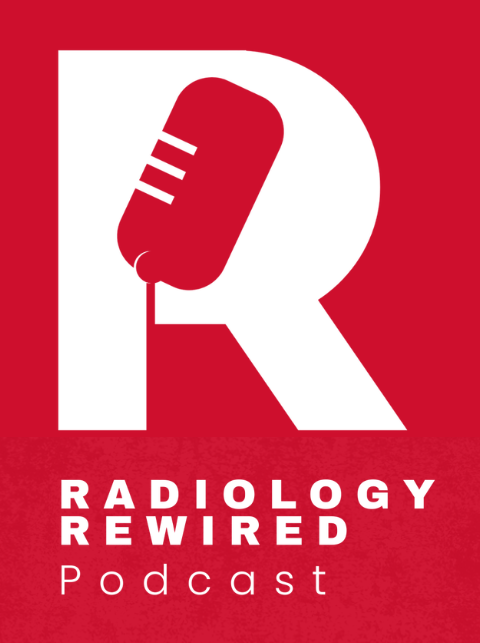As a stroke coordinator, neuroscience director, or clinical effectiveness leader, one of your responsibilities is ensuring the clinical, operational, and financial efficiency of your hospital’s stroke program. This includes vetting the latest and most clinically advanced technologies and optimizing reimbursement opportunities.
Fortunately, in 2020, CMS announced the expansion of its New Technology Add-On Payment (NTAP) reimbursement program — a program through which technologies are vetted and assessed based on their ability to deliver meaningful cost and clinical improvements — to include technologies that assist with LVO triage and notification for stroke.
Under the previous MS-DRG system, LVO technology was not adequately paid and assigned a per-patient value of $1,600. According to NTAP reimbursement guidelines, the most a hospital can receive is 65% the cost of the technology, or $1,040 per case
Rapid LVO, which leverages the advanced technology deemed to have met CMS’s criteria, was among the first software products to qualify for the New Technology Add-on Payment (NTAP) and in August 2021, CMS extended NTAP for Rapid LVO software through September 30, 2022.
Rapid LVO helps stroke teams to quickly identify patients with suspected large vessel occlusion, make better-informed triage or transfer decisions, and determine the optimal treatment plan, thereby significantly improving patient outcomes. Below are some additional questions to help determine if your hospital should be pursuing NTAP reimbursement.
How does CMS assign NTAP eligibility?
As part of the NTAP application and consideration process, technologies are judged on a criteria of newness, cost, and ability to demonstrate clinical improvement. Once the application process is complete and NTAP reimbursement status has been awarded to a technology, CMS assigns the applicable procedure code to identify claims that may be eligible for NTAP.
Is NTAP vendor specific?
The procedure codes tied to NTAP are technology specific, and not tied to a specific product or manufacturer. Therefore, any procedure that can be submitted using the assigned ICD-10-PCS code is eligible for NTAP, including those performed using Rapid LVO or one of five other qualified LVO detection solutions.
Can my hospital apply for NTAP reimbursement?
If, after consulting current official coding guidelines, a hospital determines that an ICD-I0-PCS code describes the technology that is used in the performance of the procedure for which they are billing Medicare, the hospital would report the code and be eligible for NTAP reimbursement.
Are we likely to receive NTAP reimbursement?
The goal of this NTAP is to help hospitals more easily implement and pay for cutting-edge AI-based technologies for the treatment of stroke — and as reported by Aunt Minnie, many hospitals around the country are reaping the benefits. An analysis by Vizient found that 130 hospital members used the designated code for AI software in LVO detection — ICD-10-PCS procedure code 4A03X5D — in the second quarter of 2021, up from 63 hospitals in the fourth quarter of 2020. The number of procedures submitted for NTAP has also more than doubled.
Using Rapid LVO for your patients? There’s still time to submit for reimbursement — and we’re here to help.
Download our guide, watch our webinar and learn more about NTAP reimbursement for Rapid LVO on our reimbursements page.


